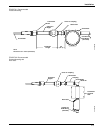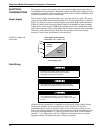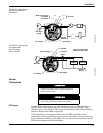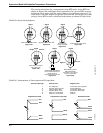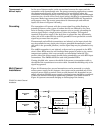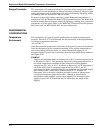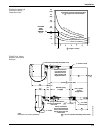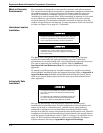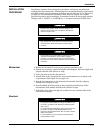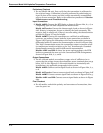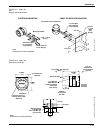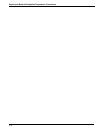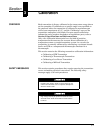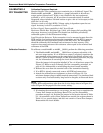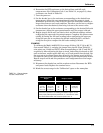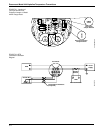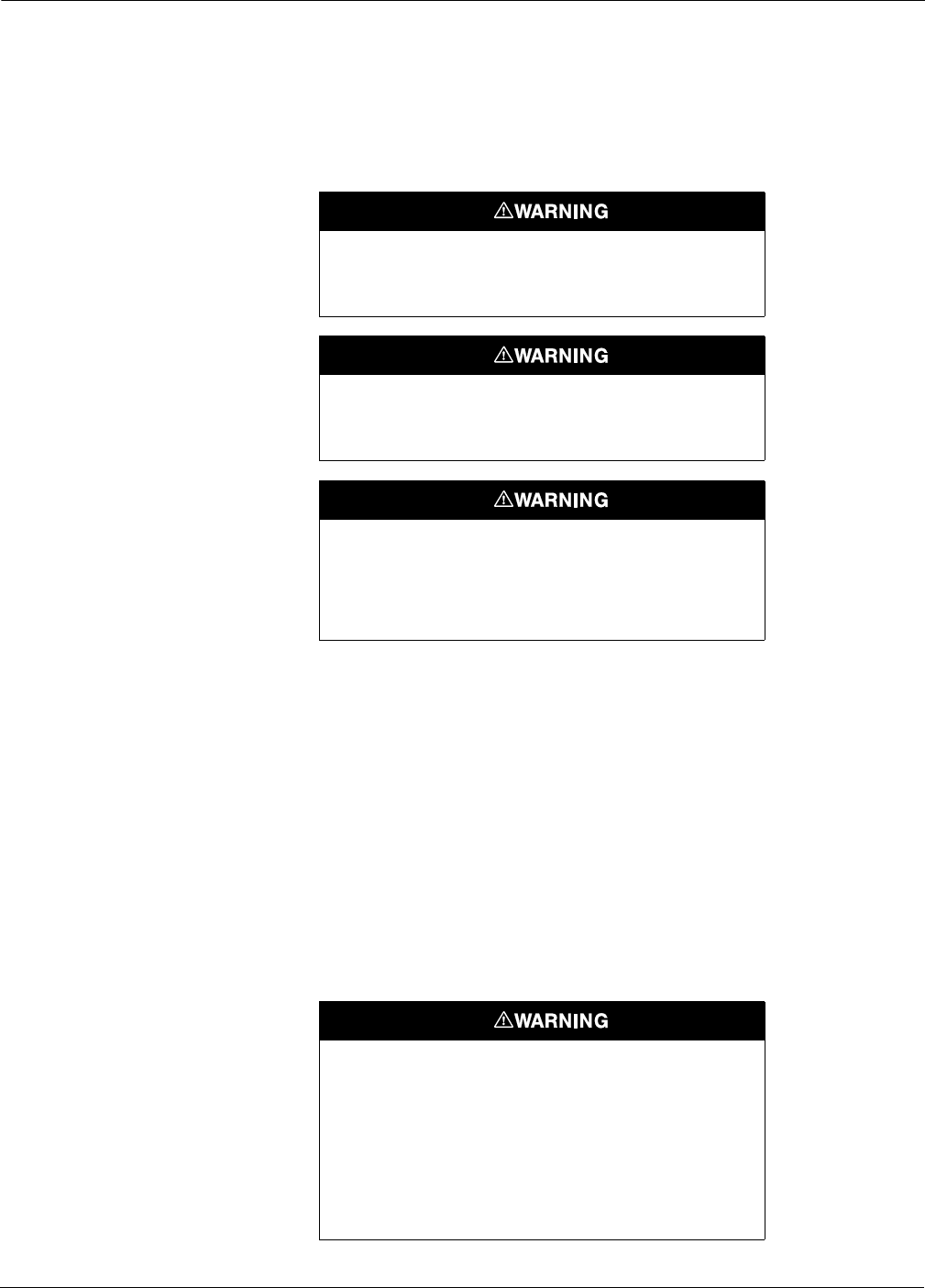
2-11
Installation
INSTALLATION
PROCEDURE
Installation consists of mounting the transmitter and sensor assembly and
making electrical connections. If mounting the transmitter directly to the sensor
assembly, use the process mounting technique shown in Figure 2-1 or Figure 2-2,
on page 2-3. For transmitter locations remote from the sensor, use conduit
between the sensor and transmitter. Transmitter hubs will accept male conduit
fittings with ½–14 NPT; ½–14 NPSM; or ½–14 taper thread per ANSIC 80.4.
Mechanical
1. Mount the thermowell to the pipe or process container wall.
2. Attach any necessary extension nipples and adapters. Seal the nipple and
adapter threads with silicone or tape.
3. Screw the sensor into the thermowell.
4. Install drain seals if required for severe environments or to satisfy code
requirements (See Figure 2-2 on page 2-3).
5. Attach the transmitter to the thermowell assembly. Seal the adapter
threads with silicone or tape.
6. Install conduit for field wiring to the remaining conduit entry of the
transmitter. Seal conduit threads with silicone or tape.
7. Pull field wiring leads through the conduit into the terminal side of the
transmitter housing.
Electrical
Explosion may result in death or serious injury. Do not
remove the instrument cover in explosive atmospheres
when the circuit is alive.
High voltage that may be present on leads may cause
electrical shock. Avoid contact with the leads and the
terminals.
Process leaks may result in death or serious injury. Install
and tighten thermowells or sensors before applying
pressure, or process leakage may result. Removing the
thermowell or sensor while in operation may cause process
fluid leaks.
For explosion-proof installations, wiring connections must
be made in accordance with Rosemount drawing 00444-
0261, Rev. E.
For intrinsically safe installations, wiring connections must
be made in accordance with ANSI/ISA-RP12.6, and
Rosemount drawing 00444-0034, Rev. C (CSA) or 00444-
0264, Rev. B (SAA).
For all installations, wiring connections must follow the
National Electric Code.



